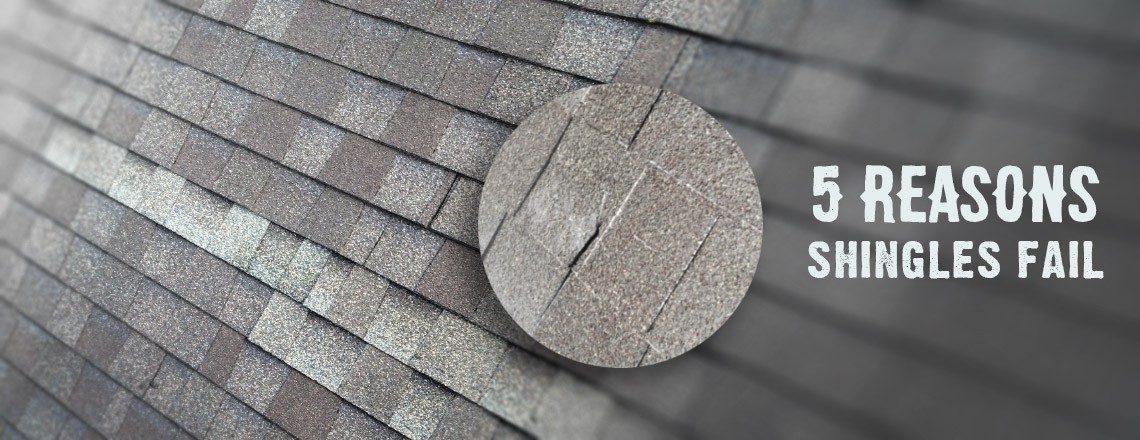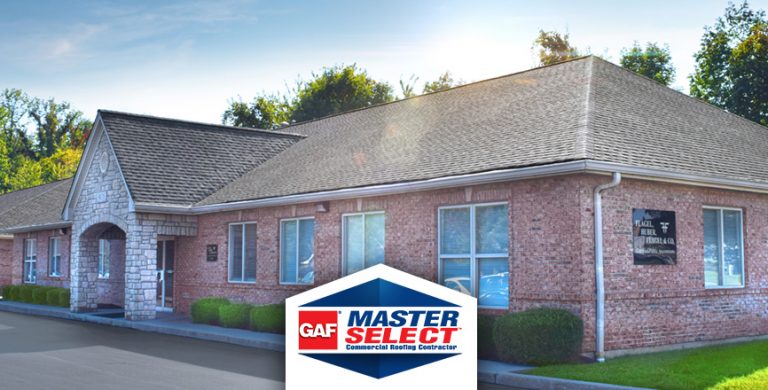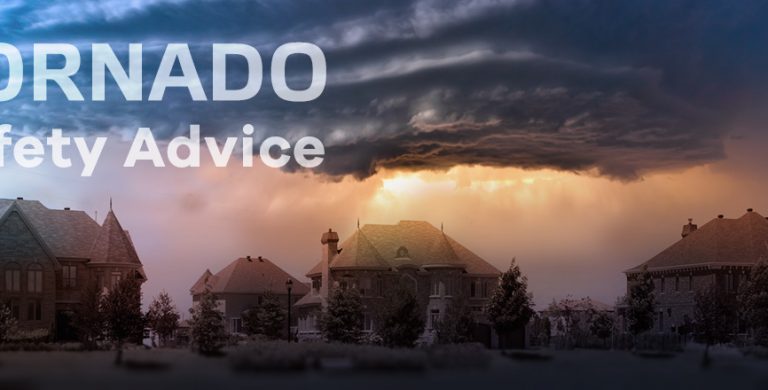Roofers are in the same boat as everyone else when it comes to being subject to the unforeseen defects and other issues that will compromise asphalt roofing shingles. This article will outline the five reasons for premature asphalt shingle failure as they pertain to folks living in the Midwest (Cincinnati, Chicago, etc.).
Reason 1 – Product Defects
Asphalt shingles, the most common roofing type in the United States, are the least expensive to manufacture. Because of this, some manufacturers try to find the cheapest components to make their product in order to compete while being profitable. Couple this with the fact that real time testing just isn’t there yet and the list of reasons for premature asphalt shingle failure begins to grow.
Did you know the type of shingles we see today with fibrous glass mats have only been around since the early 1980s? The three basic components of asphalt shingles are the mat; typically made from fiberglass, the asphalt, and the colored ceramic granules that provide color and invaluable protection from the weather. Some shingles have other invisible additives such as powdered limestone to add weight to the shingles.
What you probably don’t know is the asphalt in which the manufacturers use to create shingles comes in several grade levels of quality. Cutting production costs starts here. The chemical properties of the asphalt are vital to a shingle’s ability to withstand harsh weather conditions. After all, it’s the adhesive that holds everything together. Poor quality asphalt contains a good deal of powdered stone filler that blocks the contact of the granules or weakens the hold.
It’s completely normal for shingles to shed their colored ceramic granules. However, it’s not normal for it to happen when the shingle’s only halfway through its expected lifespan. The granules on asphalt shingles shield the asphalt and the fiberglass mat from the ultraviolet (UV) rays of the sun. These UV rays will rapidly disintegrate asphalt and the thin fiberglass mat. As shingles age, it’s normal for them to become brittle and crack as the oils in the asphalt are slowly released over time due to the heat of the sun.
Poor fiberglass mat design and other mat materials round out the manufacturing defects. Multiple materials have been tried; mostly “green” ones, yet none compare to fiberglass.
It should be of no surprise that just about every manufacturer has had a class action lawsuit against them for a line of shingles that didn’t hold up. Most of these are due to poor asphalt that doesn’t hold the granule or becomes brittle too soon. Brittle shingles can get decimated in wind storms as they snap off or are left with cracks and fissures. Roofs that look like worn down sandpaper are typically very old or have low grade asphalt.
Premature Asphalt Shingle Failure via Defective Shingles
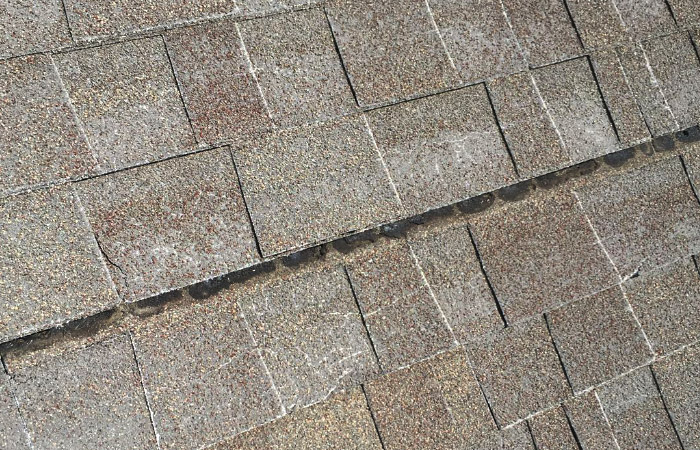
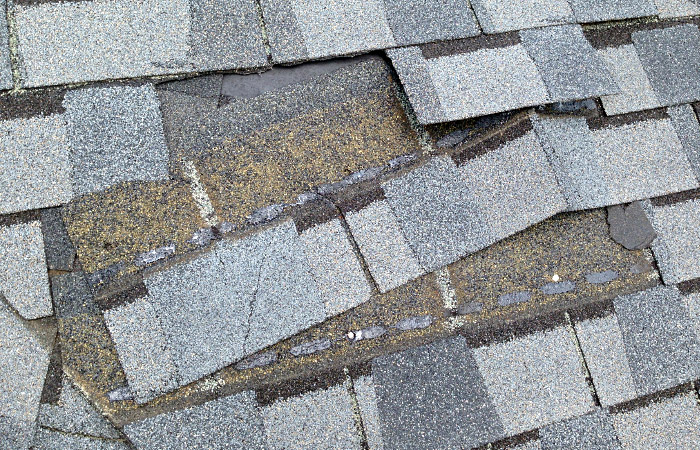
How do I Know if I have a Defective Shingle?
Roofing Annex wants you to know exactly what you’re dealing with because most people don’t know the age of their roof or the brand and series name. How do we do this? Our inspectors know better than most on how to identify a defective shingle and recommend a course of action. The most common scenario is that we look at shingles of an approximate age that have severe cracking or granule loss. Once a sample is taken or a section is upturned we can be sure as to what the shingle is. Most class action lawsuits will have already come and gone so a new can of worms will have to be dealt with.
Reason 2 – Poor Ventilation
The lifespan of a roof is directly correlated to its underside. Poor roof ventilation means that moisture and heat in attic spaces are not allowed to expel to the exterior. This elevated moisture under the shingles can cause the baseboard/decking under shingles to move more than it should, leading to premature failure. Weakened nail hold, air pockets, and swollen surface areas affect shingles where they are most vulnerable – in those areas you can’t see.
Premature Asphalt Shingle Failure via Poor Ventilation
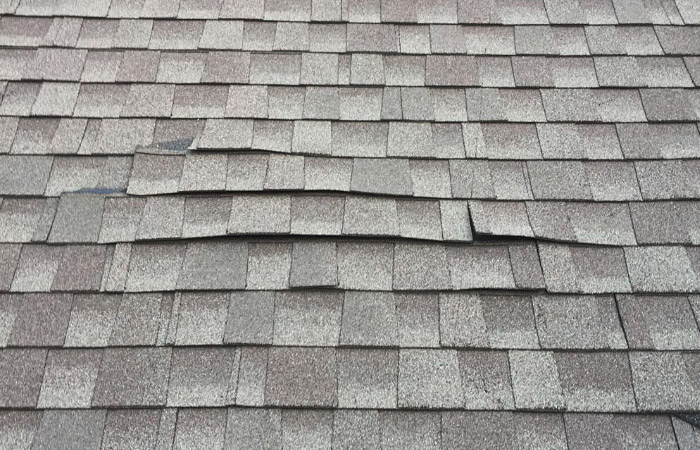
This bulge is due to the decking being misshapen by moisture and heat over time due to poor ventilation. Wind storms have lifted and damages the shingles further.
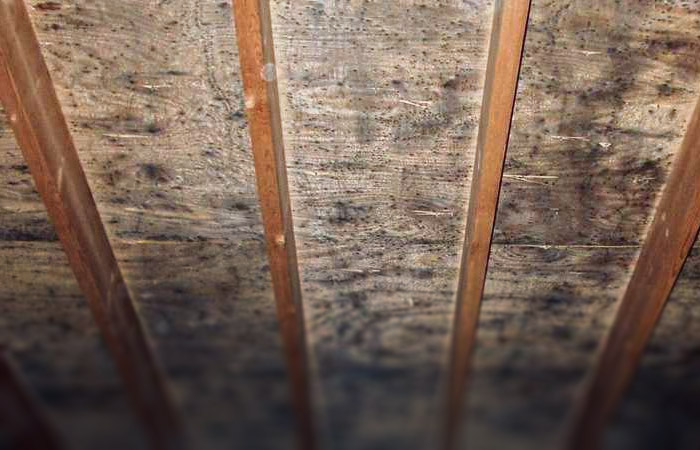
Poor ventilation has several obvious signs but the one that is the most dangerous to humans is the growth of mold… in particular, black mold. Proper ventilation will clear up the problem quickly.
Reason 3 – Thermal Shock
This issue relates right back to product defect most of the time but is also the deathblow to all older shingles. Thermal shock happens in areas like the Midwest that experience wide-ranging temperatures and quick temperature changes (overnight lows that plummet). Asphalt shingles can be victims of thermal shock countless times during their lifespan. On a blisteringly hot summer day, the temperature of asphalt shingles can approach 150+ degrees Fahrenheit. Now take this residual heat and add in a quick thunderstorm or cool rain that drenches a roof. The temperature of the shingle, with wind chill, can now mean a drop of 100 degrees or so. The thermal expansion and contraction will lead to granule loss and cracking over time. Older shingles lose their elasticity to cope with this because oils are released via solar heat through the years; brittle things tend to crack a lot when stressed. Now add high winds and thermal shocked shingles are done for.
More about the lifespan of a roof.
Reason 4 – Filth
Keeping a roof clean and free of overhanging tree branches will extend the life of shingles. Heavily shaded roofs, in moist climates, age prematurely should moss and algae get a foothold. Should leaves and debris build up anywhere in the shade there will be a food source to get gunk growing. Algae, moss, and lichens are bad because they have roots that go under shingles and eventually lift them – especially when the roots swell with fresh rain water or freeze.
Reason 5 – Mother Nature
This is all no brainer stuff. Large hail, sustained high winds, and falling trees or branches will take out shingles prematurely. Add in defective or older shingles to the mix and Mother Nature will devastate a roof every time.
Your roof is the first line of defense for your home yet it is one of the most overlooked parts of the house until it’s too late. Getting a free inspection with a consultation where the technician shares photos of issues is a great place to start!
Roofing Annex provides Winter Prep Services in the greater Cincinnati Area in towns like Dayton, Delhi, Hamilton, Harrison, Indian Hill, Liberty Township, Madeira, Mason, Maineville, Middletown, Montgomery, and West Chester.

